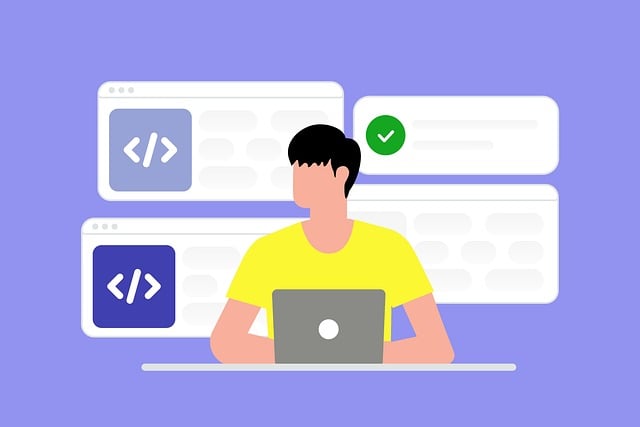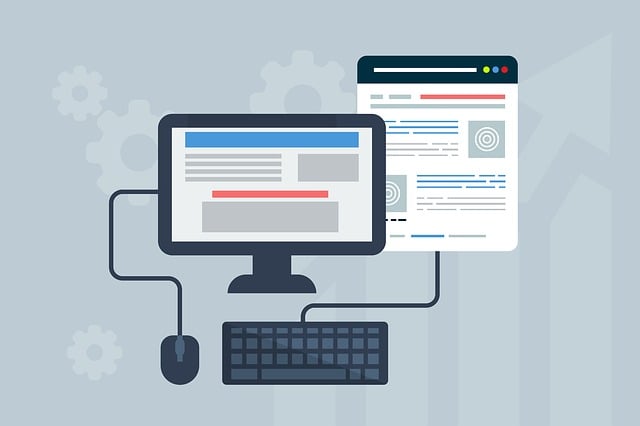The Comprehensive Guide to Bot Trading: Navigating the New Frontier of Trading Automation
In an era where technology permeates every facet of our lives, trading has not been left untouched. Bot trading, or algorithmic trading, has emerged as a revolutionary approach that allows traders to execute operations in the market with the aid of sophisticated software. In this article, we will explore the intricacies of bot trading, its advantages and disadvantages, the technology behind it, popular trading bots, regulatory considerations, and reflections on the future of this innovative trading method.

Understanding Bot Trading
Bot trading refers to the use of automated software algorithms that devise trading strategies and execute trades on behalf of the user. These robots analyze market data and make decisions based on predefined criteria, allowing for high-frequency trading that is often impossible for a human trader to achieve.
How Bot Trading Works
At its core, bot trading functions through a series of programming rules, which underpin the decision-making processes. Here’s a breakdown of how it works:
- Market Analysis: Bots use technical indicators, historical data, and real-time market analysis to identify trading opportunities.
- Order Execution: Upon finding a favorable trading condition, the bot executes trades much faster than a human could.
- Risk Management: Bots can integrate predefined risk management strategies, such as stop-loss orders and position sizing, to limit potential losses.
Types of Trading Bots
There are several types of trading bots, each tailored to different trading styles and strategies. Here are some common categories:
- Scalping Bots: Designed for executing numerous trades throughout the day to capture small market movements.
- Market-making Bots: These bots provide liquidity by placing both buy and sell orders simultaneously, profiting from the spread.
- Trend-following Bots: They identify upward or downward trends in the market, executing trades based on these patterns.
- Arbitrage Bots: They exploit price discrepancies across different exchanges to make profit.
Advantages of Bot Trading
As we delve deeper into the world of bot trading, it’s essential to take note of its numerous advantages. From my perspective, the following points stand out the most:
Efficiency and Speed
One of the foremost benefits of bot trading is efficiency. Bots can analyze vast amounts of data and execute trades in milliseconds. While human traders can hesitate, the emotional component is stripped away, allowing for more logical decision-making.
24/7 Trading Capability
Unlike traditional methods which require the constant attention of a trader, bots can operate around the clock without fatigue. This means that they can capitalize on trading opportunities that unfold outside normal trading hours.
Backtesting and Strategy Optimization
Many trading bots come equipped with backtesting capabilities, allowing traders to test their strategies against historical data. This feature provides insights into a strategy's potential effectiveness before risking real capital, which I believe is a fundamental advantage in risk management.
Disadvantages and Risks of Bot Trading
While the perks are enticing, bot trading is not without its downsides. It’s crucial to approach this technology with a balanced perspective. Here are some disadvantages to consider:
Technical Failures
With reliance on technology comes the risk of technical issues. From software bugs to connectivity problems, these failures can lead to unintended trades that may incur significant losses.
Market Volatility
Market conditions can change rapidly, and a trading strategy that once proved successful may falter in times of high volatility. Bots might fail to react appropriately during such turbulent periods unless they are programmed to adjust dynamically.
Overfitting and Lack of Adaptability
A common concern is that traders may overly optimize their bots based on past performance—information that may not hold true in future market conditions. I believe it is vital for traders to regularly revisit and revise their strategies to align with current market paradigms.

Popular Trading Bots in the Market
As the demand for bot trading continues to grow, an array of platforms and tools have emerged. Below are some of the most popular trading bots that traders often consider:
- Cryptohopper: Known for its user-friendly interface and robust features, Cryptohopper supports both manual and automated trading strategies.
- 3Commas: This platform offers features such as smart trading options and the ability to set trailing stop losses, catering to both novice and experienced traders.
- TradeSanta: TradeSanta provides cloud-based trading solutions that are easy to set up and manage, making it a suitable option for beginners.
- Gekko: An open-source trading bot that can be customized for a variety of strategies, Gekko is suitable for those with programming knowledge.
Legal and Regulatory Considerations
As with any burgeoning technology, legal and regulatory frameworks are critical in ensuring fair and safe trading practices. The landscape surrounding bot trading varies significantly by country:
Regulatory Environment
In many jurisdictions, trading bots are considered trading software and subject to the same regulations that govern financial advisors and traders. Therefore, it’s paramount for users to ensure compliance with local regulations and understand the legal implications of their trading activities.
Responsibility and Due Diligence
It is essential for traders utilizing bot trading to conduct their due diligence. This includes understanding the bot’s strategies, how it operates, and the risks involved, rather than blindly trusting automated solutions. In my opinion, traders should maintain a hands-on approach by monitoring their bots periodically to ensure desired outcomes.
The Future of Bot Trading
As we look to the future, the potential of bot trading remains vast and inviting. Advancements in artificial intelligence, machine learning, and data analytics are posited to enhance the capabilities and effectiveness of trading bots exponentially.
Artificial Intelligence and Machine Learning
The integration of AI and machine learning into trading bots is likely to bring substantial changes. These technologies can improve the bots’ predictive capabilities, enabling them to adapt to ever-changing market conditions more fluidly than traditional algorithms. I firmly believe that the marriage of human intuition with advanced technology could represent the next evolution in trading practices.
Customization and Personalization
In the near future, we may see an increase in customizable trading bots that cater to individual trading styles and preferences. This advancement could empower traders by providing them with both broad and niche options, enhancing their overall trading experience.

Conclusion
In summary, bot trading is a multifaceted approach that presents remarkable opportunities for both novice and experienced traders alike. While the speed and efficiency of these automated systems can yield impressive results, potential risks and the necessity for continual oversight cannot be overlooked. As we navigate the complexity inherent in trading technologies and their myriad implications, the balance between innovation and responsibility remains a crucial consideration. Personally, I believe that for individuals willing to invest the time to understand and supervise their trading bots, the potential rewards can be significant in the fast-paced world of trading.